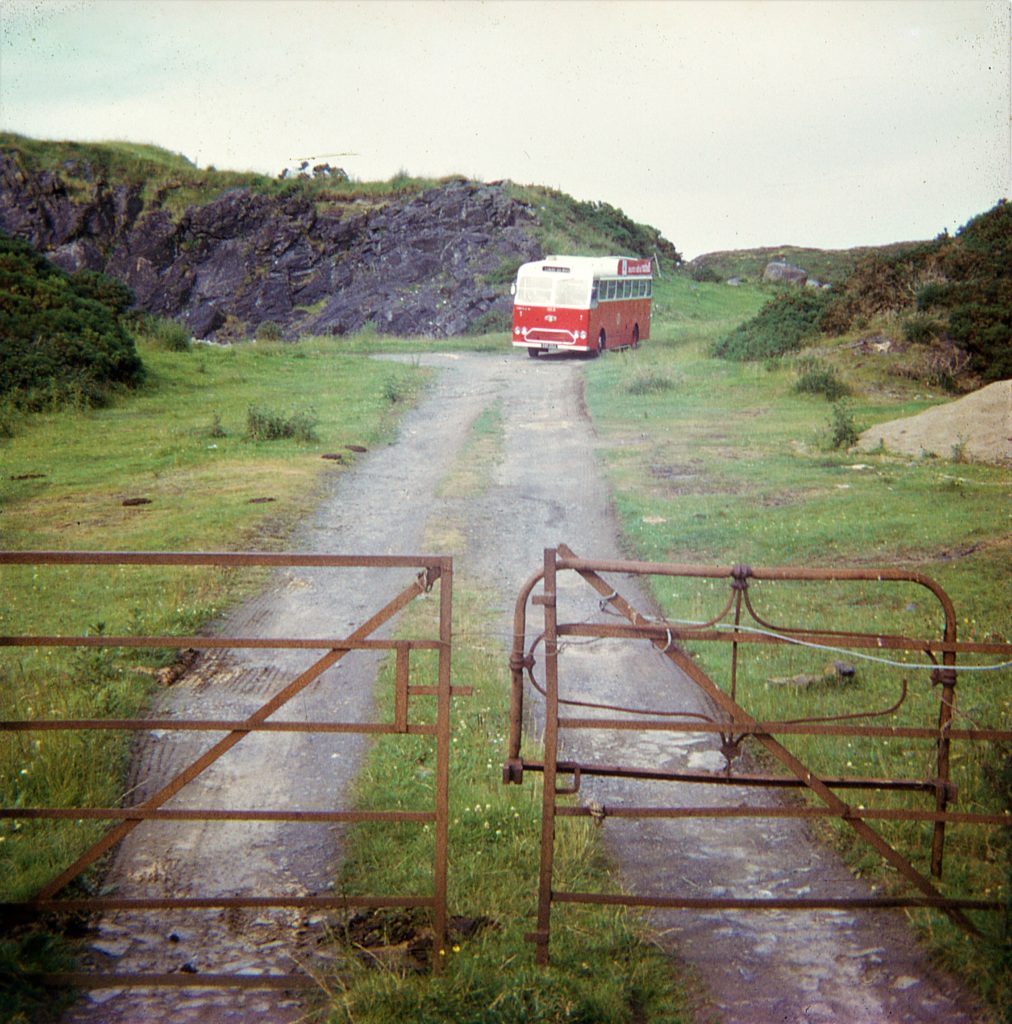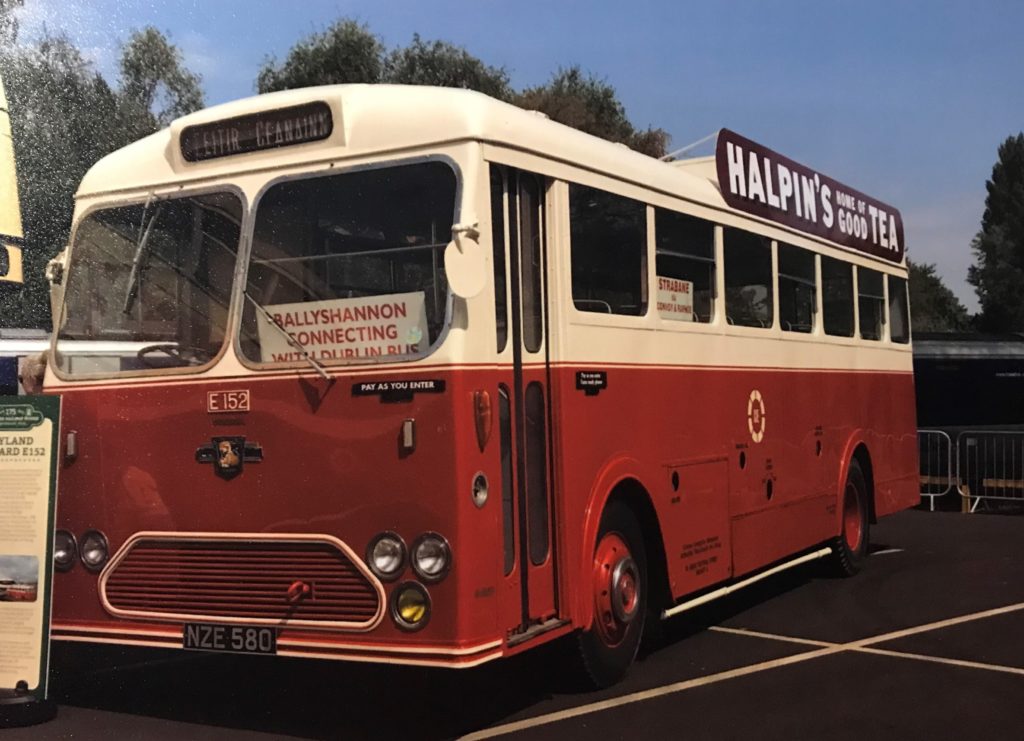A new book by Hugh Dougherty will cast light on Donegal’s idiosyncratic public transport system in the 1960s. Hugh is giving a talk on the buses and the book on Saturday, August 12 as part of National Heritage Week.
 Tough going in Donegal in the 1960s. Emigrants to Britain often started their journey on these buses jpg
Tough going in Donegal in the 1960s. Emigrants to Britain often started their journey on these buses jpgGlasgow-based journalist, Hugh Dougherty, is the author of newly published County Donegal Railway Bus Servicesd. It tells the story of the buses which replaced the county’s famous narrow gauge trains between Strabane, Letterkenny, Stranorlar, Donegal, Killybegs and Ballyshannon in 1960 and, remarkably, the CDR carried on as if it was a real railway company, even though it no longer had a train.
The CDR buses carried local people throughout south Donegal or across the border to Strabane, where the wily customs men lay in wait for passengers trying to do a bit of smuggling.
“Even in the 1960s, many emigrants to Glasgow and the west of Scotland started their journey out of Donegal on a CDR bus, perhaps to the Scotch Boat for Glasgow at Derry, and the bus crews also welcomed returning exiles and ‘Scotchies’, as they called the first and second generation holiday makers each summer, so there was a close connection to the West of Scotland. In fact, you could actually buy a through rail and boat ticket from Glasgow or any UK station to anywhere on the CDR bus system up until the company was taken over by CIE in 1971. Who says Donegal wasn’t better connected in those days?! The story of the railway has been well documented, and I felt that the story of the buses which replaced the trains deserved to be told.”
Hugh is donating the royalties from the book to the Donegal Railway Heritage Centre at Donegal Town, where he’ll be giving a talk on the buses and the book on Saturday, August 12 as part of National Heritage Week.
County Donegal Railway Bus Services is available at £12.95 from www.stenlake.co.uk
 The E52 circa 1964
The E52 circa 1964
